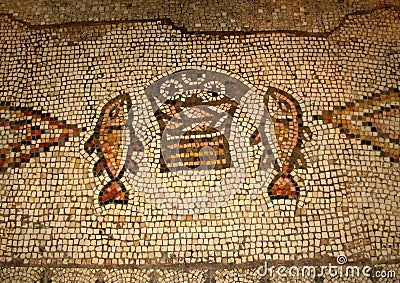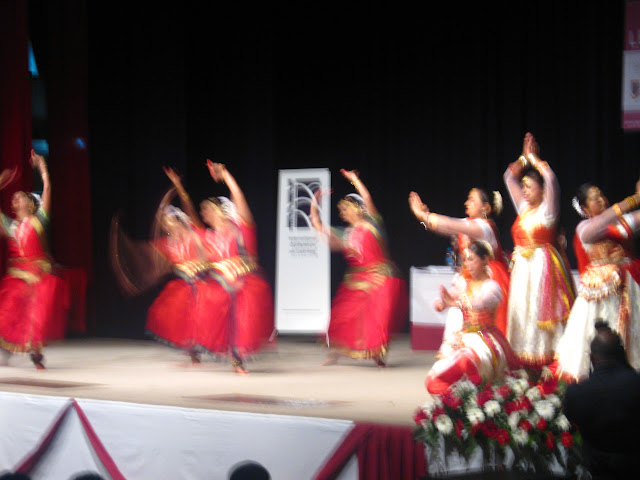 |
| The entrance to the OR Tambo airport in Kempton Park, near the venue of the conference. |
Next year
though, this conference will not only celebrate its tenth year, it will also
focus on blended learning. On the web page it is stated that the focus is not
on technology but on blending to enhance learning. Like all other inventions
(language, writing and the printing press), the technological developments of
our current era are just supporting education and not replacing it.
Littlejohn
and Pegler (2007:75-6) stated that blended learning consists of four adjustable
aspects, namely time, space, media and activity. The overlap and size of these blending
‘bubbles’ can be adjusted to serve individual educators, students and
institutions. And this is where the real value of blended learning lies for me
– the ability to adjust and to suite individual needs because we are long past
the uniformity of the industrial era.
The call
for papers is open until 15 January 2017 and presenters only pay R3500, delegates pay R7500 (Why?). There
are also packages for four or more delegates and early bird discounts available
on the web page. The conference dates are 5-7 September 2017 at the Emperors
Palace in Kempton Park (near the OR Tambo airport for those of you who are
flying and not having to negotiate the traffic). You can express your interest
on the web page and will be included in the mailing list.
Littlejohn,
A. & Pegler, C. (2007). Preparing for
blended e-learning. New York: Routledge.
Masie, E.
(20060. The blended learning imperative. In C.J. Bonk & C.R. Graham (eds). The handbook of blended learning: Global perspectives,
local designs (San Francisco: Pfeiffer), pp. 22-26.











